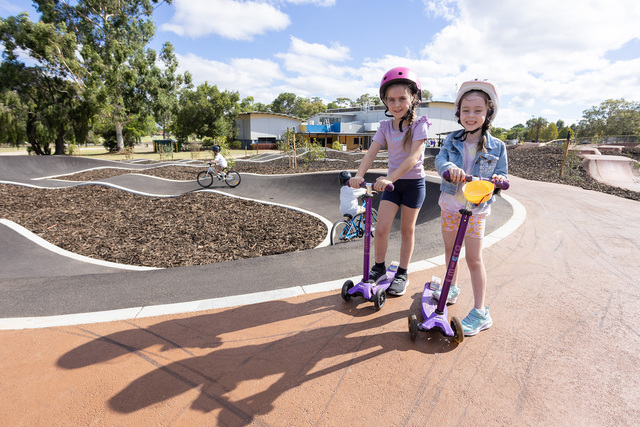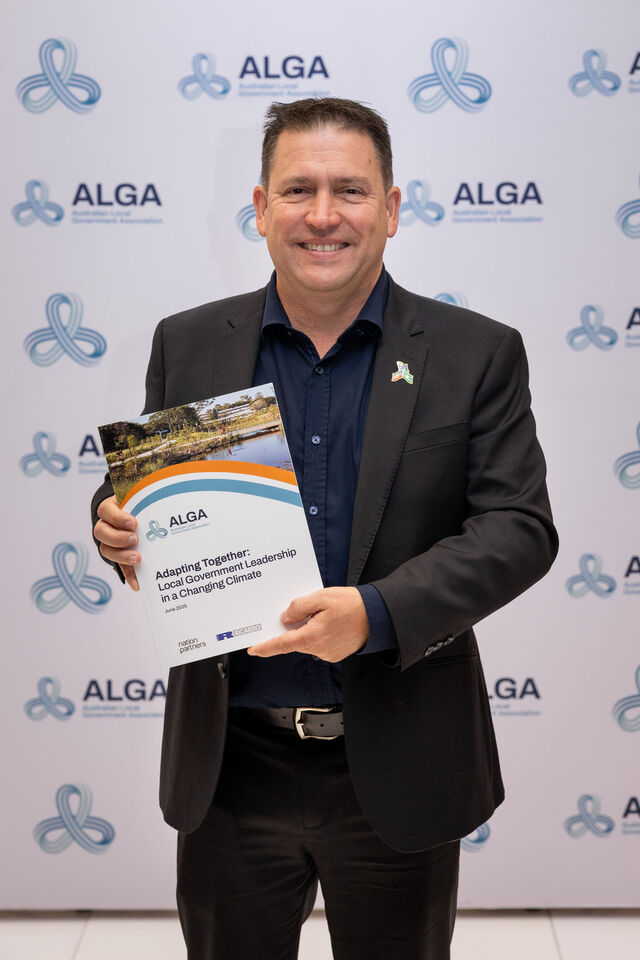When a council proposes to close a local facility such as a leisure centre, or to change the refuse collection service from weekly to fortnightly, or is considering a planning application that will have a significant impact on an area, there is often an immediate and well supported response from the public.
Petitions are generated, public meetings are held and Council meetings are packed with protestors.
It is clear that when the public believes that there is something of importance and of direct relevance to them they get involved. Local democracy is seen to work. Contrast this with the turnout in local elections.
With voting not compulsory for local or general elections, in May this year when local council elections were held across the UK, the average turnout was consistently in the range of 35 to 40 per cent. General elections fare better. The turnout for 2005 was 61 per cent.
What does this say for the engagement of Councils with their electorates?
Research has identified that a person’s perception of how safe their local seat is, how much their vote will count and their own sense of voting as a duty are among the most important factors in determining whether a person bothers to vote.
The motivation to vote is both about the individual’s predisposition to vote and how stimulated they are by the election environment. The latter is of real importance because unless councils can get people stimulated about voting, convince them that their vote matters and that it can make a difference they are less likely to be bothered to vote.
Their predisposition to vote will be countered by the perceived lack of worth in voting. It is also likely that if they aren’t bothered to vote this time it is less likely that a predisposition to vote in future will be developed. This is particularly important, as this lack of enthusiasm can rub off on the voting generations of the future and so the cycle of non voting continues.
This is a huge challenge for councils which requires year round attention. Creating an ongoing interest in the council is required, as is the confidence among the voting public that people within communities make a difference and count.
This has to be set in the context that people see council services as a ‘distress’ purchase. While they don’t like paying their taxes, they only get interested in council services if they need something or when something goes wrong. If everything is going well then they generally aren’t interested.
The reality of the above leads to the conclusion that there is a need to concentrate on developing the role of councils even further as engaged community leaders. Representation of communities and their leadership requires ongoing engagement and not just at the time of elections.
If engagement with the communities served is not present the legitimate question is: Can councils represent and lead the communities that they serve?
As Central Government launches new initiatives to empower local people to make choices about their governance and the services that they receive, the real challenge for councils will increasingly be whether the culture of local democracy can respond to maintain a council’s role as community leader.
Turnout at local elections may well become an acid test of whether this challenge has been met.
*Malcolm Morley is Chief Executive of Harlow District Council and can be contacted via the Editor, email info@lgfocus.com.au The views expressed in
this article are not necessarily those of
his employer.







